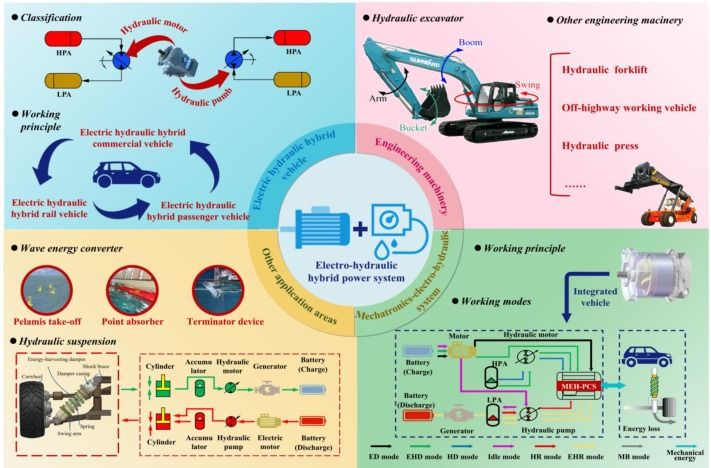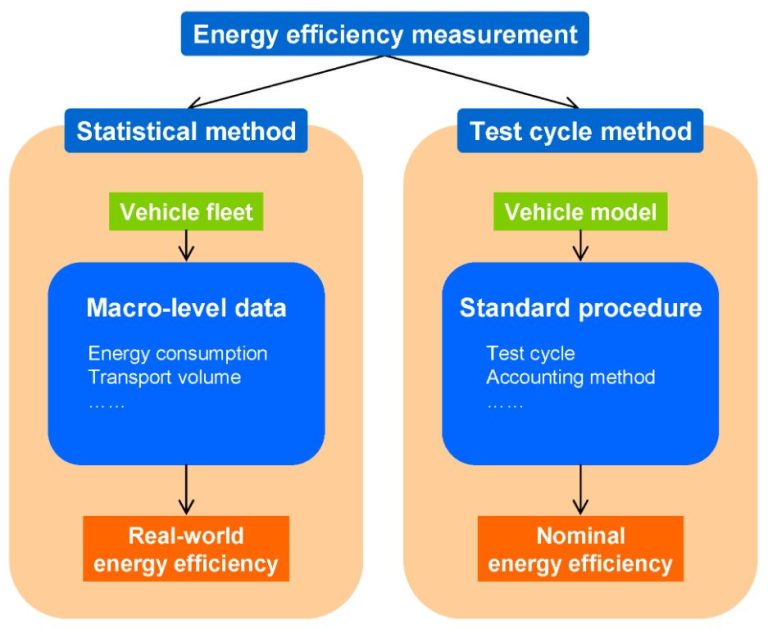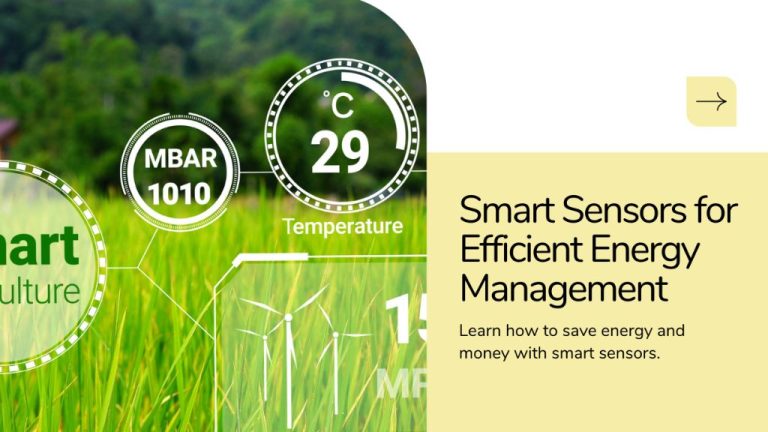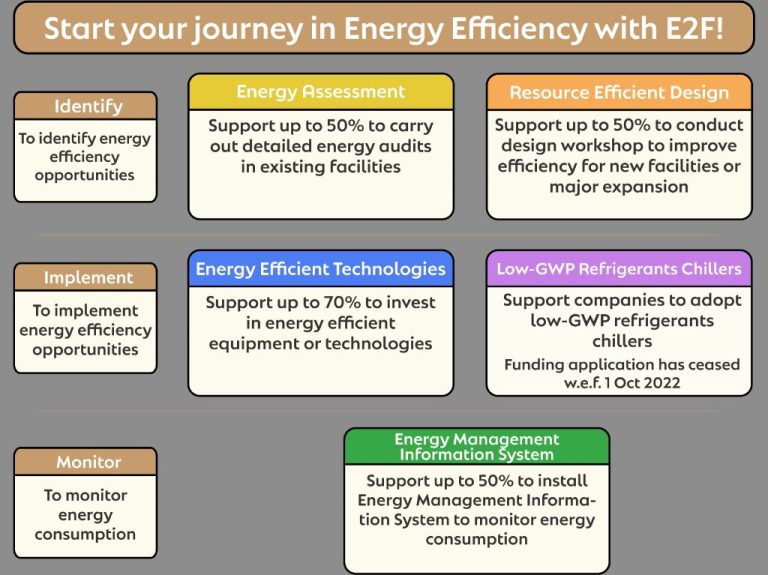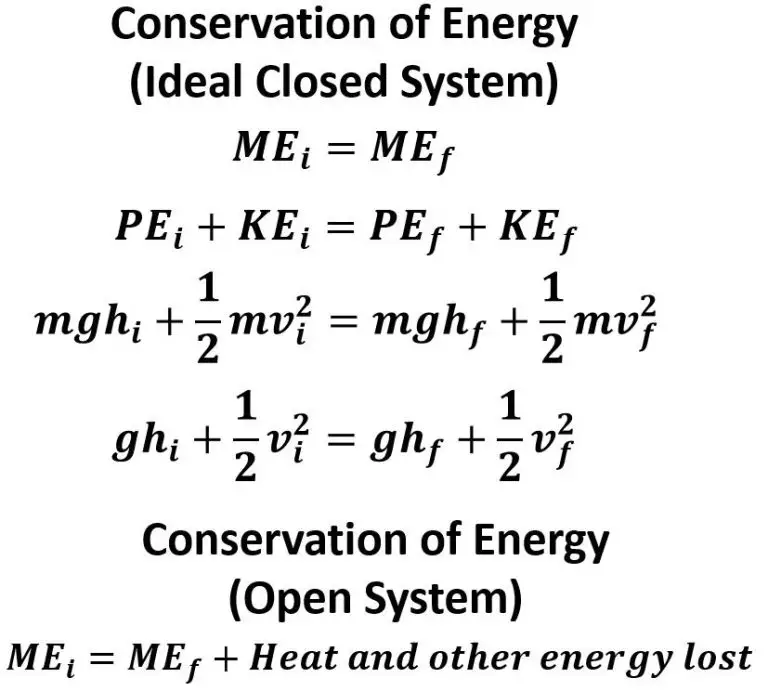Is Renewable Energy Expensive
In today’s world of evolving technology and growing concerns about climate change, the concept of renewable energy has become increasingly popular. Renewable energy sources, such as solar, wind, and hydropower, offer a promising solution to reduce our reliance on fossil fuels and decrease harmful greenhouse gas emissions. However, the question that often arises is whether or not renewable energy is too expensive to be a feasible option for widespread adoption. In this blog post, we will delve into the economics of renewable energy and examine the various factors that contribute to its upfront costs, as well as the long-term benefits it can provide. So, if you’ve ever wondered whether investing in renewable energy is a smart financial move or simply a luxury reserved for the wealthy, keep reading to uncover the truth behind the price tag of sustainability.
Solar Panels Are Getting Cheaper
When it comes to renewable energy, solar power is a popular choice due to its accessibility and sustainability. But what about its affordability? The good news is that the cost of solar panels has been steadily declining in recent years, making it a more viable option for both residential and commercial use.
According to the International Energy Agency (IEA), the cost of solar photovoltaic (PV) modules has dropped by over 90% in the past decade. This significant reduction is partly due to improvements in technology, increased production efficiency, and greater competition in the global solar market.
Moreover, many governments around the world have implemented policies and incentives to encourage the adoption of solar energy, such as tax credits, rebates, and feed-in tariffs. These measures help to offset the initial purchase and installation costs of solar panels and provide long-term financial benefits for users.
What’s more, the use of solar power can also lead to significant energy cost savings over time. Solar panels not only produce clean energy but also have a long lifespan of up to 25 years or more, requiring minimal maintenance. This means that once installed, solar panels can provide a reliable and cost-effective source of power for decades to come.
Ways To Lower Your Electric Bill With Solar
Renewable energy is becoming an increasingly attractive option for individuals seeking to lower their electric bills while reducing their carbon footprint. Harnessing the power of solar energy provides a reliable and efficient means of generating clean electricity for residential and commercial use. Here are some ways in which solar energy can help lower your electric bill and benefit your wallet:
1. Net Metering: Net metering allows homeowners and businesses to earn credits on their electric bills for any surplus energy generated by their solar panels that feeds back into the grid. These credits can then be used to offset their energy consumption at night or during periods of low sunshine, resulting in a lower overall electric bill.
2. Solar Incentives: Many states and local governments offer incentives such as tax credits, rebates, and grants to help offset the cost of installing solar panels. This can significantly reduce your upfront costs and make solar energy a more affordable option for households and businesses.
3. Energy Efficiency: Solar panels are an excellent way to produce clean energy, but they work more efficiently when they’re paired with energy-efficient appliances and practices. Simple steps like turning off lights when leaving a room, using energy-efficient light bulbs, and investing in Energy Star-rated appliances can help to maximize energy savings and reduce your electric bill further.
4. Battery Storage: Battery storage technology allows homeowners and businesses to store excess solar energy generated during the day for use at night or during periods of low sunshine. This reduces reliance on the grid and can lead to further savings on energy bills.
5. Long-Term Savings: Although the upfront cost of installing solar panels may seem high, the long-term savings can be significant. Solar panels have a lifespan of up to 25 years or more and require minimal maintenance, making them a cost-effective choice for those looking to reduce their electric bills over an extended period.
Grants And Tax Credits For Homeowners Who Install Renewable Energy
In addition to net metering, another important factor to consider when exploring the affordability of renewable energy is the availability of grants and tax credits for homeowners and businesses who install renewable energy systems. These incentives can help to offset the initial costs of installation, making it more financially feasible for individuals and organizations to invest in sustainable energy sources such as solar, wind, and geothermal.
One such program is the federal Investment Tax Credit (ITC), which allows homeowners and businesses that install solar panels to claim a federal tax credit of up to 26% of the cost of installation. This credit is applicable to both residential and commercial properties and can provide a significant financial incentive for those looking to make the switch to clean energy.
Many states and local governments also offer their own incentives for renewable energy installation. For example, California’s Self-Generation Incentive Program provides rebates for homeowners and businesses that install energy storage systems, while New York’s Solar Electric Incentive Program offers cash incentives for the installation of solar panels.
These incentives not only make renewable energy more accessible and affordable for individuals and businesses, but they also contribute to the growth of the clean energy industry and the creation of green jobs. According to a report by the National Renewable Energy Laboratory (NREL), the ITC is expected to generate over 17,000 new jobs and add $140 billion to the US economy by the end of 2021.
Moreover, investing in renewable energy can provide long-term financial benefits beyond the initial cost of installation. Renewable energy systems have a low or nonexistent fuel cost, meaning that homeowners and businesses can save money on their energy bills over time. In fact, a study by the National Renewable Energy Laboratory found that homeowners who install a solar energy system can save up to $30,000 over the course of 20 years.
Community Solar – Saving With Solar Without Panels On Your Roof
Another potential solution for those who want to invest in renewable energy without the upfront costs of installing solar panels on their roofs is community solar. Community solar projects allow individuals and businesses to subscribe to a larger solar system located off-site, such as on a community solar farm. In this way, subscribers can benefit from solar energy without having to install and maintain their own solar panels.
Community solar projects can offer a range of benefits to subscribers, including lower electricity costs, fixed pricing, and the ability to support local renewable energy development. According to a report by the National Renewable Energy Laboratory, community solar can also provide multiple avenues for cost savings, including through collective purchasing power, reduced transaction costs, and simplified financing and permitting processes.
In addition, community solar can help to increase access to renewable energy for those who may not be able to afford or have access to rooftop solar, such as renters, low-income households, and those with shaded roofs. Community solar can also help to support the growth of the clean energy industry and the development of local jobs.
Currently, there are over 2,000 community solar projects in the United States, with a total capacity of over 2 gigawatts. These projects have the potential to provide renewable energy to thousands of households and small businesses, while also reducing greenhouse gas emissions and promoting a more sustainable future.
In terms of affordability, community solar projects often offer flexible subscription models and payment options, making it easier for individuals and businesses to participate. Many community solar projects also offer incentives and rebates for subscribers, further reducing the cost of renewable energy.
Wind Turbine Kits For Small Homes – Harnassing The Power Of Wind
Looking for an affordable and efficient way to embrace renewable energy at home? You might want to consider investing in a wind turbine kit. By using the power of the wind to generate electricity, these kits enable homeowners to reduce their reliance on grid electricity and save on energy bills in the long run. Here’s what you need to know about the benefits and costs of wind turbine kits for small homes.
First and foremost, wind turbines are a proven technology that have been used for centuries to power small communities and farms. Today, wind turbines come in various sizes and designs, ranging from small rooftop models to large utility-scale installations. While large wind turbines can produce megawatts of electricity, smaller turbines are ideal for residential applications and can typically generate up to several kilowatts of power.
Wind turbine kits for small homes consist of a few key components, including a turbine, a tower, a controller, and a battery bank. The turbine is the device that converts wind energy into mechanical energy, while the tower holds the turbine at a height where it can capture the most wind. The controller regulates the electrical output of the turbine, and the battery bank stores the excess energy generated by the turbine for later use.
One of the main advantages of wind turbine kits is that they can operate independently of the grid, which means you can still have power during a blackout or an emergency. Additionally, wind energy is abundant and free, making it a sustainable and renewable energy source that does not contribute to carbon emissions or climate change.
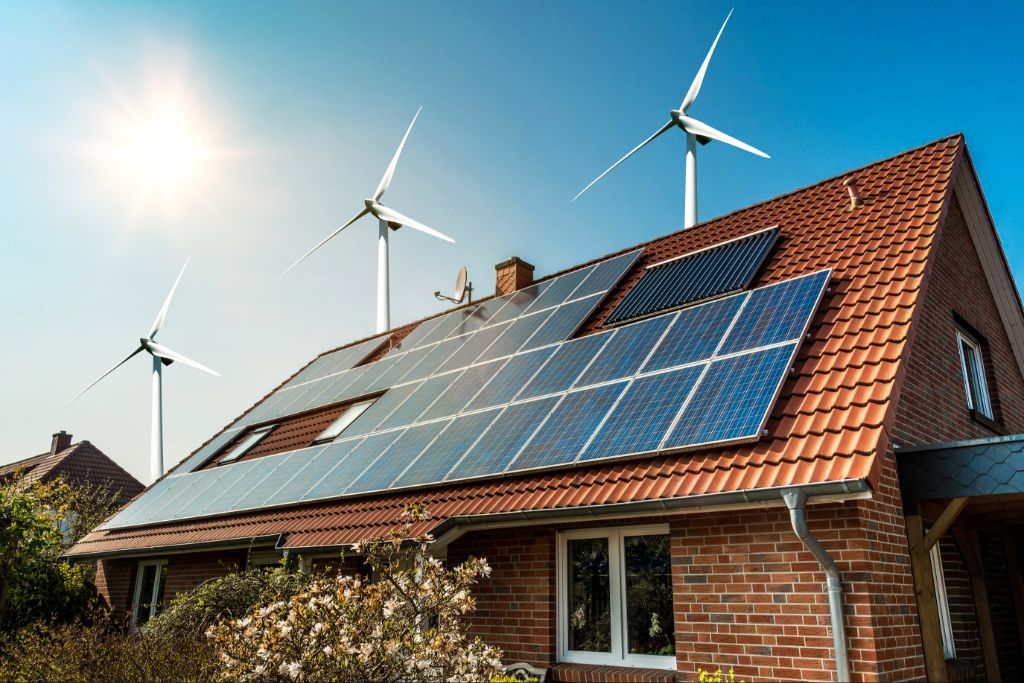
In terms of cost, wind turbine kits can range from a few hundred dollars for small models to several thousand dollars for higher-capacity systems. However, the upfront cost can be offset by the long-term savings from reduced energy bills and potential incentives from government programs or utility companies. Moreover, wind turbines have a long lifespan of up to 20-30 years and require minimal maintenance, making them a cost-effective investment in the long run.
When it comes to installation, wind turbine kits for small homes can be relatively easy to install with basic skills and tools. However, it is important to check the local zoning laws and regulations before installing a wind turbine, as some areas may have restrictions or requirements for such installations.
Save Leftover Food To Power Your Fridge With An Anaerobic Digester
Continuing with the topic of renewable energy, there are other innovative ways to power your home without relying on traditional grid electricity. One such method is by using an anaerobic digester to convert food waste into biogas, which can then be used to generate electricity for your fridge and other household appliances.
An anaerobic digester is a closed system that uses microorganisms to break down organic material in the absence of oxygen. Food waste, such as fruit and vegetable peels, leftover cooked food, and even meat and dairy products, can be added to the digester, where it is broken down by bacteria to produce a mixture of gases, primarily methane and carbon dioxide, known as biogas.
Biogas can be used as a fuel to generate electricity through a process called cogeneration, which involves converting the gas into electricity and heat. The electricity can be used to power your fridge, while the heat can be used for space heating or hot water.
Using an anaerobic digester to power your fridge has several benefits. First, it helps to reduce food waste and prevent it from ending up in landfills, where it can contribute to greenhouse gas emissions and environmental pollution. Second, it provides a renewable and sustainable source of energy that is not dependent on fossil fuels. Third, it can help you save money on your energy bills by reducing your reliance on grid electricity.
The cost of installing an anaerobic digester will depend on several factors, such as the size and capacity of the system, the amount of food waste generated, and the availability of incentives or subsidies from government programs. However, studies have shown that the payback period for an anaerobic digester can be as short as four years, making it a cost-effective investment in the long run.
Plant Trees And Bushes – Natural Shade And Wind Buffers Lower Ac Costs
In addition to using renewable energy sources like solar, wind, and biogas, there are other sustainable practices that homeowners can implement to lower their energy bills and reduce their carbon footprint. One such strategy is planting trees and bushes around your home. Trees and bushes provide natural shade that can help to lower your air conditioning costs in the summer by reducing the amount of direct sunlight that enters your home. Additionally, trees and bushes can act as natural wind buffers, helping to reduce heat loss in the winter and lower your heating costs.
Planting trees and bushes around your home can also offer a host of other benefits. For example, trees absorb carbon dioxide and other pollutants from the air, helping to improve air quality and reduce the amount of greenhouse gases in the atmosphere. Trees also help to prevent soil erosion by absorbing rainfall and reducing runoff. They also provide habitats for wildlife and biodiversity, contributing to a healthier and more resilient ecosystem.
When selecting trees and bushes to plant around your home, it is important to choose species that are well-suited to your climate and soil conditions. Native species are often the best choice, as they are adapted to the local environment and require less maintenance and watering. Consider consulting with a local nursery or arborist to determine which species are best suited to your specific needs and location.
In addition to providing environmental benefits, planting trees and bushes can also increase the value of your home and improve its visual appeal. A well-landscaped yard can enhance the curb appeal of your property, making it more attractive to potential buyers if you decide to sell in the future.
Overall, planting trees and bushes around your home is a simple and effective way to reduce your energy costs, improve your home’s aesthetics, and contribute to a healthier planet. By incorporating sustainable practices like renewable energy and green landscaping, we can all do our part to create a more sustainable future.
Switch To Led Lights Wherever Possible – They Use Very Little Electricity
Along with planting trees and investing in renewable energy sources, making small changes to your home can also lead to significant energy savings. One such change is switching to LED lights wherever possible. LED (Light Emitting Diode) lights use very little electricity and can last up to 25 times longer than traditional incandescent bulbs. This not only saves you on your electricity bill, but also reduces the amount of energy needed to produce and dispose of bulbs, further reducing your carbon footprint.
LED lights are also highly-efficient, converting 80% of the energy they use into light, while traditional bulbs only convert about 20% of their energy into light, wasting the remaining energy as heat. This makes LED lights not only more cost-effective, but also significantly better for the environment.
Another benefit of LED lights is that they are available in a variety of colors and brightness levels, making them a versatile option for different lighting needs. They are also highly durable and resistant to shock, vibration, and extreme temperatures, making them an ideal choice for outdoor lighting as well.
According to the U.S. Department of Energy, if every American household replaced just one traditional incandescent light bulb with an LED bulb, it would save enough energy to light more than three million homes for a year and reduce greenhouse gas emissions equivalent to taking 800,000 cars off the road. This shows just how impactful a small change can be.
Check Online For Energy Providers With Renewable Options
If you are looking to make a bigger impact on the environment and reduce your reliance on fossil fuels, it may be time to consider switching to a renewable energy provider. While the upfront costs of renewable energy sources may seem daunting, there are a number of options available that can be tailored to fit your budget and energy needs.
One popular option is solar energy, which harnesses the power of the sun to generate electricity. By installing solar panels on your home or property, you can produce your own energy and potentially even sell excess power back to the grid. Additionally, many states offer incentives and tax credits for households that switch to solar, which can help offset the initial installation costs.
Wind energy is another renewable option that is gaining popularity. Wind turbines can be installed on your property or in nearby wind farms, generating clean energy to power your home. While there are some upfront costs associated with installing a wind turbine, it is important to note that these costs have been steadily decreasing in recent years, making wind energy a more affordable option for homeowners.
Hydropower is yet another renewable option that involves harnessing the energy of moving water to generate electricity. While hydropower is not as widely available for individual homeowners, it can be a viable option for those who live near running water sources such as rivers or streams.
It is important to note that renewable energy providers often offer different pricing plans and options, so it is important to do your research and find the plan that best fits your energy needs and budget. Additionally, it is a good idea to check with your utility company to see if they offer any renewable options or incentives for customers who switch to renewable energy sources.
In addition to the environmental benefits of renewable energy, there are also financial benefits to consider. By reducing your reliance on fossil fuels, you can potentially save money on your energy bills in the long run. Additionally, renewable energy sources typically have lower maintenance costs and longer lifespans than traditional fossil fuel-based energy sources, making them a sound investment for the future.
Overall, switching to a renewable energy provider is a smart financial and environmental decision that can help reduce your carbon footprint and lower your energy costs over time. With a variety of options available, it is worth exploring whether renewable energy is the right choice for you and your household.
Consider A Home Battery To Store Your Own Solar Power
If you are considering installing solar panels on your property, it might also be worth investing in a home battery to store your own solar power for later use. A home battery can help you maximize the benefits of your solar panels by allowing you to use your stored solar energy when the sun goes down or during times of high energy demand.
The cost of home battery systems has decreased significantly in recent years, making them a more affordable option for homeowners. Many home battery systems also come with warranties of up to 10 years and have a lifespan of 20 years or more, providing a long-term return on investment.
In addition to the financial benefits, a home battery can also help reduce your reliance on the electrical grid and provide backup power during power outages. This can be especially important in areas prone to extreme weather events or natural disasters.
Home battery technology has also improved in recent years, with advancements in energy storage capacity and efficiency. Tesla’s Powerwall, for example, can store up to 13.5 kWh of energy and has a round-trip efficiency of up to 90%. Other home battery systems, such as the LG Chem RESU, offer similar benefits and can be tailored to fit your specific energy needs.
Overall, investing in a home battery to store your own solar power can help you maximize the benefits of your solar panels, reduce your reliance on fossil fuels and the electrical grid, and provide backup power during emergencies. With the decreasing cost of home battery systems and advancements in energy storage technology, now is a great time to consider this sustainable and cost-effective solution.
Even Small Changes Help The Environment And Your Wallet
It’s no secret that renewable energy is the future, but for many, the upfront costs of renewable energy technologies can be a major roadblock. However, even small changes, such as installing solar panels on your home or adding a home battery to store solar power, can help you save money, reduce your carbon footprint, and increase your energy security.
Solar panels are a great investment for homeowners looking to reduce their reliance on fossil fuels and save money on their energy bills. According to EnergySage, the average homeowner can save between $10,000 and $30,000 over the lifetime of their solar panel system. With federal tax incentives and state and local rebates, the upfront costs of solar panels can be significantly reduced and can pay for themselves in as little as 5-7 years.
Adding a home battery to your solar panel system can further optimize your energy savings and increase your energy security. With a home battery, you can store excess solar power generated during the day and use it when the sun goes down or during periods of high energy demand. This can help you avoid high energy rates during peak hours and reduce your reliance on the electrical grid.
The cost of home battery systems has decreased significantly in recent years, making them a more accessible option for homeowners. Tesla’s Powerwall, for example, has seen a 35% reduction in price since its launch and has a payback period of approximately 6 years. Home battery systems also have a long lifespan, usually between 10-20 years, providing a long-term return on investment.
Additionally, home battery technology has seen significant advancements in recent years, with increased storage capacity and efficiency. The LG Chem RESU, for example, has a storage capacity of up to 9.8 kWh and a round-trip efficiency of up to 95%. This increased efficiency means that more of the energy generated by your solar panels can be stored and used, further increasing your energy savings.
Is Renewable Energy For Your Home More Affordable Than You Thought?
If you’ve been hesitant to invest in renewable energy for your home because of perceived high costs, it’s time to reconsider. Recent advancements in technology, combined with government incentives and tax rebates, make renewable energy systems like solar panels and home battery systems more affordable than ever before.
One of the most significant cost-saving benefits of installing solar panels on your home is the substantial reduction in your energy bills. The cost of electricity generated by solar panels can be as little as a quarter of the price of traditional electricity, which means significant savings over time. Additionally, with the continued decline in panel prices, the average return on investment is around 20%.
Home battery systems, like Tesla’s Powerwall mentioned earlier, are also becoming more affordable. With reduced prices and long lifespans, home batteries provide a great long-term return on investment. They can help you avoid high energy rates during peak hours and reduce your reliance on the electrical grid, resulting in lower energy costs.
Furthermore, renewable energy systems help homeowners reduce their carbon footprint, which is an essential consideration given the global concerns about climate change. By installing solar panels, you are tapping into an energy source that is abundant, renewable, and releases no harmful emissions into the environment. By reducing our reliance on fossil fuels, we can help create a more sustainable future for ourselves and future generations.
To further this point, the federal government incentivizes renewable energy use through the Residential Renewable Energy Tax Credit. This tax credit offers homeowners a substantial rebate on the cost of installing and implementing renewable energy sources. With this type of support from the government, it’s clear that renewable energy is not just a luxury for the wealthy, but an accessible option for all homeowners.
Conclusion
And there you have it, my fellow Earth lovers and money-savers! It’s no secret that renewable energy is becoming increasingly popular and accessible, and with the information I’ve provided in this post, it’s clear that solar panels are leading the pack when it comes to affordability. But why stop there? We’ve also explored other ways to lower your electric bill while being environmentally conscious, such as community solar, wind turbines, anaerobic digesters, and simple lifestyle changes like planting trees or switching to LED lights. Not only can these practices save you money in the long run, but they also have a positive impact on the planet. Plus, with grants and tax credits available for homeowners who install renewable energy systems, there’s no better time to make the switch. So go forth and research your local options for affordable renewable energy – you may be pleasantly surprised at how easy and cost-effective it can be to make a positive change for your home and the environment. Remember, every little step counts towards a greener future for all of us. Together, we can make a difference – both in our wallets and our world.

